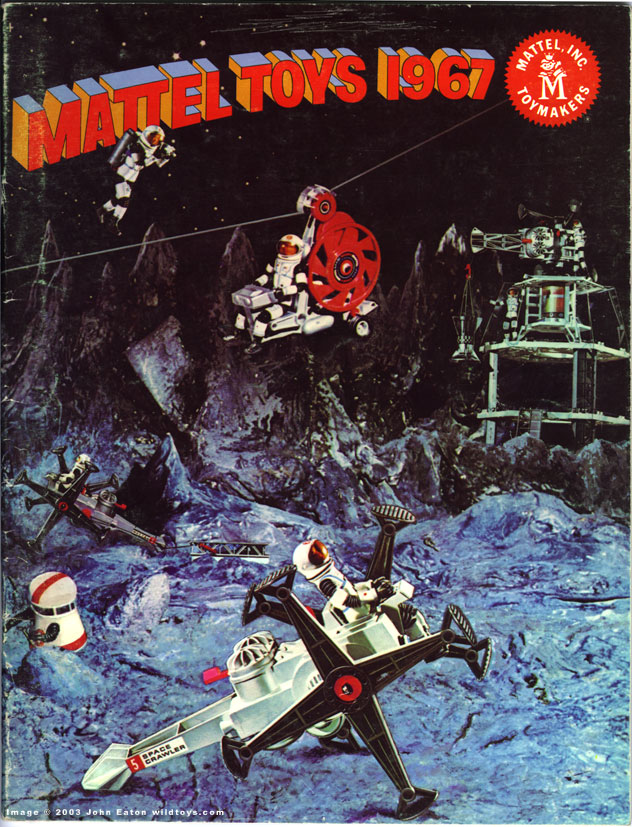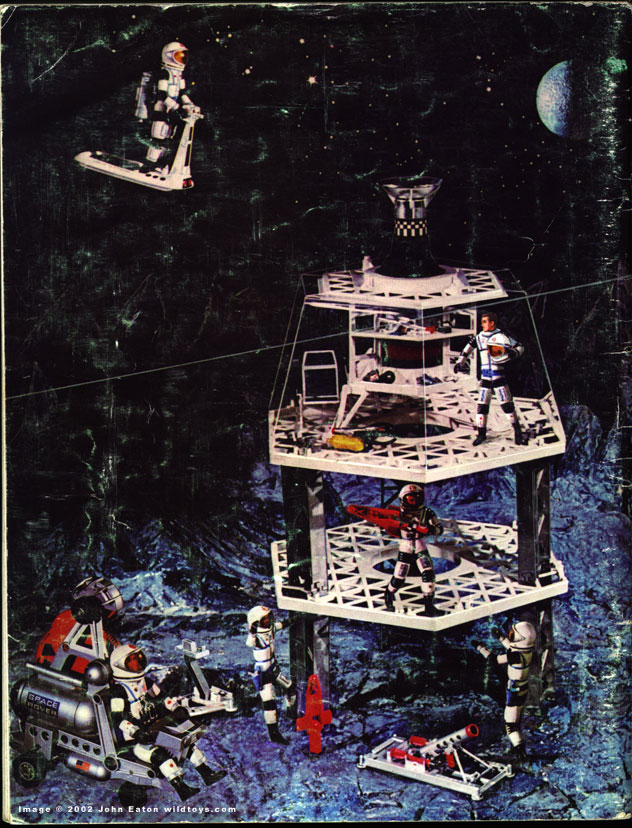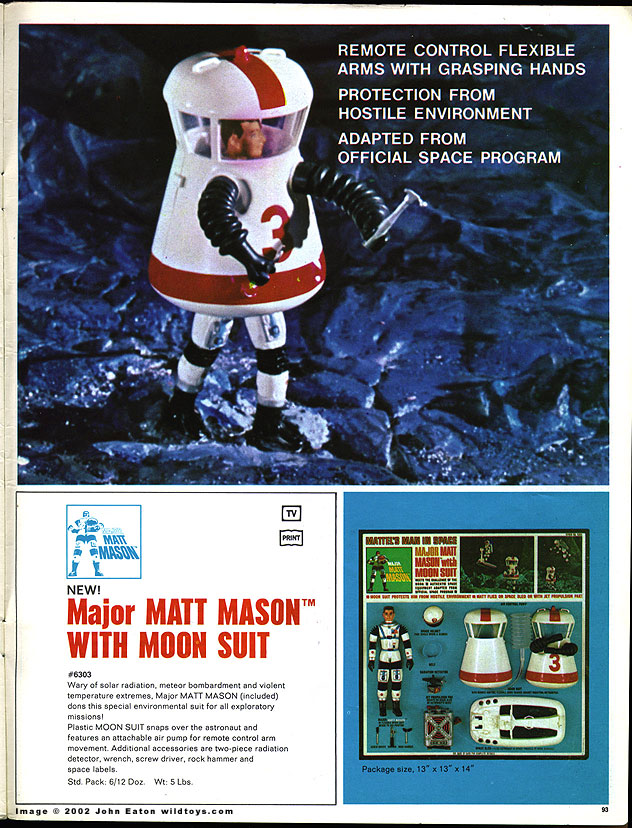Talking with a friend earlier about the day's events. He felt that we had reached the point where it was clearly in the Republicans' interest to start to turn on Trump. I disagreed. My take was that it would be in the GOP's interest to have some distance from the man, but probably not enough so to justify the cost of getting away.
With Watergate, the process was relatively painless, but things are different. Trump has the ability and the temperament to inflict tremendous damage on the party. The Republicans have got to unwind a cult of personality without triggering an intra-party civil war.
I'm honestly at a loss for how to approach this enormous game of political Jenga. An anonymous senate vote might actually help, working along the same principal as giving one soldier in a firing squad a blank cartridge, but I don't think we can take it seriously (though Campos
maybe does just a little).
Here's what we had to say a couple of years ago about the danger Trump presented to the GOP. If anything, I think it's gotten worse.
"It's probably better to have him inside the tent pissing out, than outside the tent pissing in."
LBJ on FBI Director J. Edgar Hoover,
[UPDATE: The conversation continues with
The nuclear moose option and
The Republicans' 3 x 3 existential threat.]
Let's start with a
prediction:
Senate Minority Leader Charles Schumer (D-N.Y.) predicted on Tuesday
that Republicans will split with President Trump within months unless
the administration changes course.0
"My prediction is he keeps up on this path...within three, four months
you're going to see a whole lot of Republicans breaking with him,"
Schumer said during an interview with ABC's "The View."
Schumer argued while most GOP lawmakers aren't yet willing to break
publicly from the White House, they are privately having "real problems"
with Trump's policies in his first month.
"A lot of the Republicans, they're mainstream people. ... They will feel they have no choice but to break with him," he said.
GOP leadership are largely dismissing any early signs of discord between
Congress and the White House as they slowly try to make progress on an
ambitious agenda.
Ed Kilgore, however, points out that
Trump may not be as toxic as many people think:
So while it is hard to deny that Trump is amazingly unpopular for a new
president, unless his approval ratings trend farther down the way even
those of popular presidents typically do, his party may not suffer the
kind of humiliation Democrats experienced in 2010. For all the shock
Trump has consistently inspired with his behavior as president, there’s
not much objective reason for Republican politicians to panic and begin
abandoning him based on his current public standing. But in this as in
so many other respects, we are talking about an unprecedented chief
executive, so the collapse some in the media and the Democratic Party
perceive as already underway could yet arrive.
The relationship between the Trump/Bannon White House and the GOP
legislature is perhaps uniquely suited for a textbook game theory
analysis. In pretty much all previous cases, relationships between
presidents and Congress have been complicated by numerous factors other
than naked self-interest--ideological, partisan, personal, cultural--but
this time it's different. With a few isolated exceptions, there is no
deeply held common ground between the White House and Capitol Hill. The
current arrangement is strictly based on people getting things they care
about in exchange for things they don't.
However, while the relationship is simple in those terms, it is
dauntingly complex in terms of the pros and cons of staying versus
going. If the Republicans stand with Trump, he will probably sign any
piece of legislation that comes across his desk (with this White House,
"probably" is always a necessary qualifier). This comes at the cost of
losing their ability to distance themselves from and increasingly
unpopular and scandal-ridden administration.
Some of that distance might be clawed back by public criticism of the
president and by high-profile hearings, but those steps bring even
greater risks. Trump has no interest in the GOP's legislative agenda, no
loyalty to the party, and no particular affection for its leaders.
Worse still, as Josh Marshall has frequently noted, Trump has the
bully's instinctive tendency to go after the vulnerable. There is a
limit to the damage he can inflict on the Democrats, but he is in a
position to literally destroy the Republican Party.
We often hear this framed in terms of Trump supporters making trouble in
the primaries, but that's pre-2016 thinking. This goes far deeper. In
addition to a seemingly total lack of interpersonal, temperamental, and
rhetorical constraints, Trump is highly popular with a large segment of
the base. In the event of an intra-party war, some of this support would
undoubtedly peel away, but a substantial portion would stay.
Keep in mind, all of this takes place in the context of a troubling
demographic tide for the Republicans. Their strategic response to this
has been to maximize turnout within the party while suppressing the vote
on the other side. It has been a shrewd strategy but it leaves little
margin for error. Trump has the ability to drive a wedge between a
significant chunk of the base and the GOP for at least the next few
cycles, possibly enough to threaten the viability of the party.
The closest analogy that comes to mind is the Democrats and Vietnam, but
that was a rift in a big-tent loosely organized party. The 21st Century
GOP is a small tent party that depends on discipline and entrenchment
strategies. It's not clear that it would survive a civil war.
Given that, I suspect the next year or two will prove Schumer wrong. There is some
evidence
that the president's polling has stabilized, perhaps even rebounded a
bit, but even if the numbers go back into free fall, Republicans in the
House and the Senate will be extremely reluctant to break from Trump
with anything more than isolated or cosmetic challenges.
This isn't just a question of not wanting Trump outside the tent pissing
in; this is a question of not wanting Trump outside the tent tossing
grenades.








